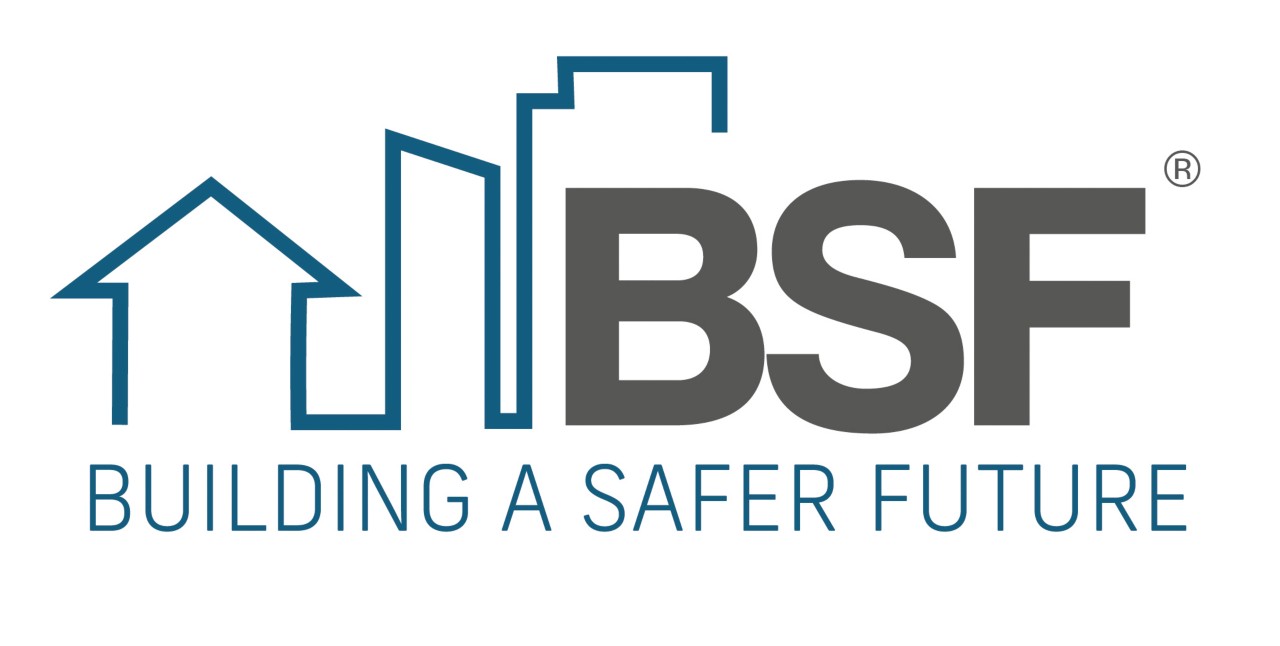The next step in post-Grenfell reforms to give residents and homeowners more rights, powers and protections, making homes, hospitals and care homes across the country safer, has finally gained Royal Assent. This is the most complex piece of legislation since World War II and will have an impact on RICS members and firms in England.
This will overhaul regulations, creating lasting generational change, setting out a clear pathway on how buildings should be constructed, maintained and made safe.
It also sets out the framework to improve compliance, with tougher penalties for those who break the rules and mandates developers to belong to a New Homes Ombudsman scheme.
RICS members working on high risk buildings will have to demonstrate a higher level of competence, with 3rd party oversight of any new accreditation. This will affect a number of pathways, particularly building control, where the new Building Safety Regulator (within the HSE) will have oversight of all professionals and firms but not local authorities. Also in scope for these changes are building surveyors as designers, block managers, QSs and PMs.
Find out more on GOV.UK
The Legislation
The Building Safety Act 2022 (Commencement No. 3 and Transitional Provision) Regulations 2022
The Building Safety Act 2022 (Commencement No. 4 and Transitional Provisions) Regulations 2023
The Building Safety Act 2022 (Commencement No. 5 and Transitional Provisions) Regulations 2023
The Building Safety Act 2022 (Commencement No. 6) Regulations 2024
The Higher-Risk Buildings (Descriptions and Supplementary Provisions) Regulations 2023 come into force on 6 April 2023. These Regulations determine which buildings will be subject to the new more stringent safety regime established by the Building Safety Act 2022.
The Higher-Risk Buildings (Key Building Information etc.) (England) Regulations 2023 No.396. These Regulations set out what constitutes ‘key building information’ in respect of higher-risk buildings; the duties and provisions in relation to submitting key building information; and sets out how to determine for which parts of a higher-risk building an Accountable Person (“AP”) is responsible under Part 4 of the Building Safety Act 2022. These Regulations are effective from 6th April 2023.
The Building Safety (Registration of Higher-Risk Buildings and Review of Decisions) (England) Regulations 2023 come into force on 6 April 2023, and require all higher-risk buildings to be registered with the new Building Safety Regulator by 1 Oct 2023. An application for registration must be supported by registration information, which will include details about contact information for each accountable person (AP) for that building, a description of the building and information in relation to building control approvals for that building. There will also be a £251 registration fee payable at the time the application is made. In the event of any changes to the registration information after the building is registered, the Principal Accountable Person (PAP) must notify the BSR within 14 days from the date the PAP becomes aware of the change.
The Higher-Risk Buildings (Keeping and Provision of Information etc.) (England) Regulations 2024 These Regulations come into force at the same time as S.83 of the Act comes into force. They extend to England and Wales but only apply at the moment to England.
Additional useful information
The building safety act: what you need to know
Late changes proposed to building safety bill
How to prepare for the building safety act
Building safety bill: the latest amendments
What gateway one means for building safety
How will new UK building safety regime work
Go to the Building Safety Act FAQs for more comprehensive information and links including information for Wales, Scotland and N.Ireland.
Also visit Fire safety and FAQS
RICS latest press release relevant to the Building Safety Act
Your complimentary CPD resources live and on-demand
As one of our RICS Professionals, you have access to essential, global and local content in a bite-sized format.
Discover the latest webinars, podcasts and conferences available to you including building safety and fire safety.
Access the following RICS webinars:
- Time to Act: An overview of the Building Safety Act
- UK Roles within the Building Safety Act
- Impact of the Building Safety Act on the Construction Industry
UK recorded webinar series: Building Safety Act – 3.0hrs formal CPD, free for members*
Join us for an informative webinar series dedicated to unpacking the latest developments in the Building Safety Act. As secondary legislation continues to evolve, staying informed is essential. That's why we're offering bite-sized pre-recorded webinars, each lasting 30-45 minutes, delving into key topics within the Act.
Designed as part of a comprehensive toolkit, these webinars are tailored to keep professionals abreast of crucial changes. With pre-recorded sessions, updates can be seamlessly integrated as needed, ensuring you're always equipped with the most current information. Furthermore, these are also free for all members.
Webinars in the series:
- Building Control Process Changes – presented by Andy Thomas MRICS MIFireE MBA, Principal Building Control Officer, Fylde Borough Council
- Principal Designer Process Changes – presented by Phil Southgate Phil Southgate BSc(hons) FRICS C.Build E FCABE, Director, Norder Design Associates Ltd.
- Gateways 1, 2 and 3 – presented by Andy Thomas MRICS MIFireE MBA, Principal Building Control Officer, Fylde Borough Council
- Competence update on Building Control (BICoF) - Andy Thomas MRICS MIFireE MBA, Principal Building Control Officer, Fylde Borough Council
- Competence update on Principal Accountable Persons and Accountable Persons – presented by Alexandra Anderson, Partner, RPC
- Competence update on Project Managers – Steven Thompson BSc MBA FRICS, Senior Specialist - Construction Standards, RICS
*Included when you have a free active subscription to our member CPD Support Package. This pack is a benefit available to all RICS members and Candidates as part of your annual subscription, with your access renewing automatically on 31 December for as long as you continue your annual subscription. Please log in using your RICS account username and password to access the CPD Support Pack.
RICS UK Fire Safety Conference (online) 15th & 16th October 2025 – register your interest here.
The RICS Podcast
Consult the RICS podcasts: The Building Safety Act with Gary Strong #58, #99 and #219 - see above. RICS Podcasts are also available on Apple Podcasts, Spotify, Amazon Music, and Google Podcasts.
RICS Built Environment Journal
The latest for practitioners in the disciplines of building surveying, building control and building conservation. Access Building Safety Act related articles.

BSF Building A Safer Future
RICS is a Corporate Supporter of Building a Safer Future (BSF) which is an independent, not-for-profit organisation dedicated to driving urgent and positive leadership, culture and behaviour change in relation to building safety. Its BSF Champions assessment framework supports organisations to raise standards, reduce risk profile and embed a culture of continuous improvement in building safety through a tried and tested evidence-based methodology proven to work and drive change in other high-hazard sectors.

Page updated 21 May 2025.
















